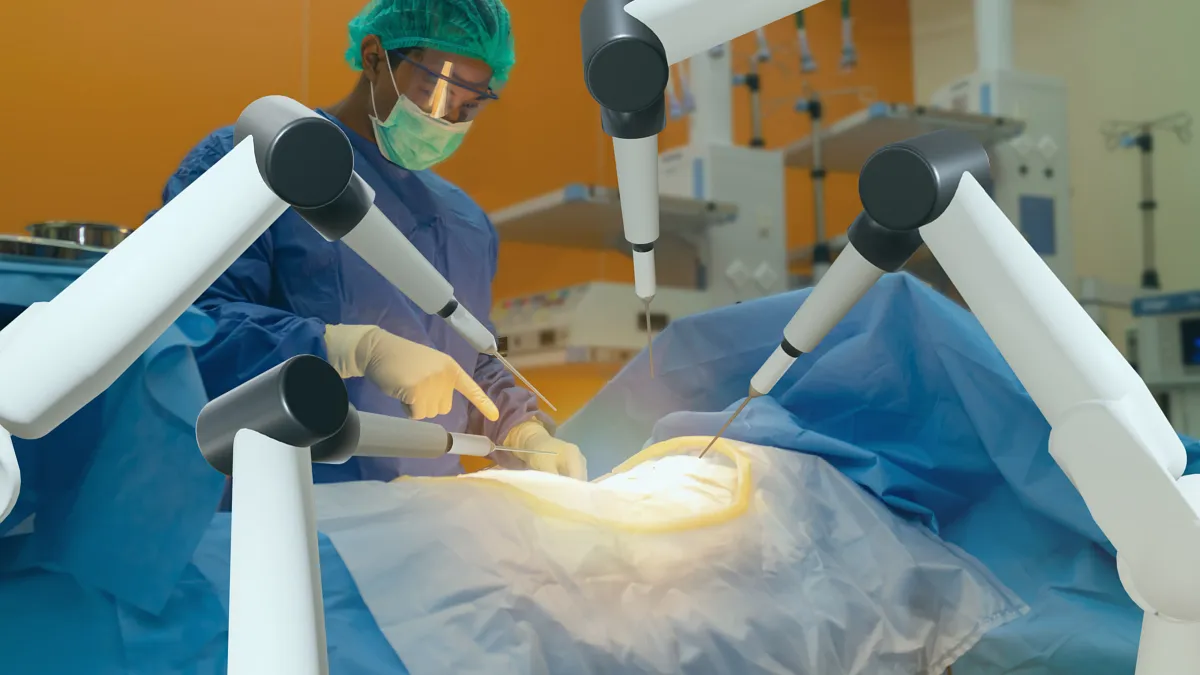Advancements in Spine Surgeries
Over the past few decades, spine surgeries have seen remarkable advancements, particularly in the realm of minimally invasive techniques. Traditional open surgeries often involved large incisions, lengthy recovery times, and increased risks of complications. However, with the introduction of minimally invasive approaches, patients now have access to safer and more effective treatment options for various spinal conditions. These advancements have paved the way for the integration of robotics into spinal surgeries, marking a new era in the field of spine surgery.
Robotic-assisted surgery has gained significant traction in various medical specialties, including spine surgery. The integration of robotics offers several advantages over traditional techniques, such as enhanced precision, improved visualization, and greater control for surgeons. The evolution of robotics in spinal surgeries can be attributed to ongoing research, technological innovations, and collaborative efforts between surgeons and engineers.
Benefits of Robotic-assisted Spine Surgeries
Following robotic spine surgery, patients typically experience a smoother recovery compared to traditional open procedures. Robotic-assisted spine surgeries provide numerous benefits for both patients and surgeons. These benefits include:
Precision : Robotics enables surgeons to perform procedures with unparalleled precision, leading to better outcomes and reduced risks of complications.
Minimally Invasive : Robotic systems allow for smaller incisions, resulting in less tissue damage and pain, and faster recovery times for patients.
Customization : Robotic technology allows for personalized treatment plans tailored to each patient's unique anatomy, optimizing surgical outcomes and patient satisfaction.
Reduced Pain : Minimally invasive techniques and smaller incisions result in less postoperative pain, allowing patients to resume daily activities sooner.
Shorter hospital stays and quicker return to normal activities contribute to a faster overall recovery process.
Improved Function : Patients often notice improvements in mobility, strength, and overall function following robotic spine surgery, enabling them to regain quality of life.
Follow-Up Care Post Surgery
Life after spine surgery requires careful attention to recovery and follow-up care to ensure the best possible outcome. Key aspects of post-surgery life include managing pain effectively, which may involve medications and physical therapy. Rehabilitation and physical therapy play a crucial role in rebuilding strength, flexibility, and mobility. Additionally, patients need to follow their healthcare provider's instructions for wound care and activity restrictions to prevent complications. Regular follow-up appointments are essential to monitor progress, address any concerns, and make adjustments to the treatment plan if necessary. Overall, a comprehensive approach to post-surgery care, including pain management, rehabilitation, and diligent follow-up, is vital for achieving optimal outcomes and improving quality of life.
Conclusion
The integration of robotics into minimally invasive spine surgeries represents a significant advancement in the field of spinal care. By combining technological innovation with surgical expertise, robotic-assisted procedures offer patients safer, more precise, and effective treatment options for various spinal conditions. As robotics continue to evolve, the future of spine surgery holds promise for further improvements in patient outcomes and quality of life.

Dr K. Appaji Krishnan
Senior Consultant – Spine Surgery,
Apollo Cancer Centre, Chennai.





.png)



